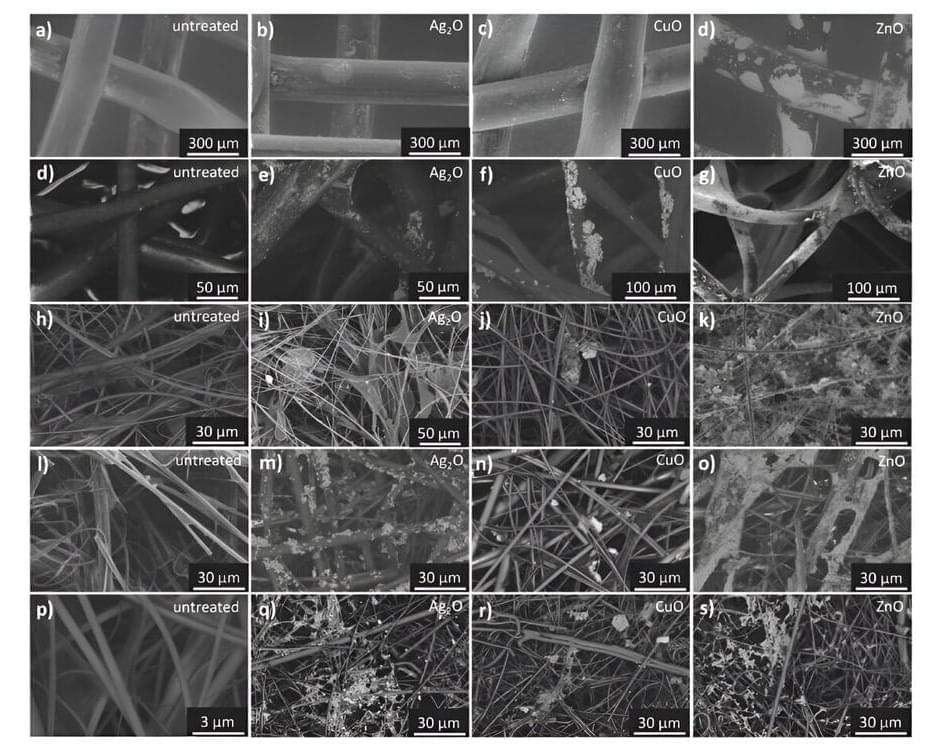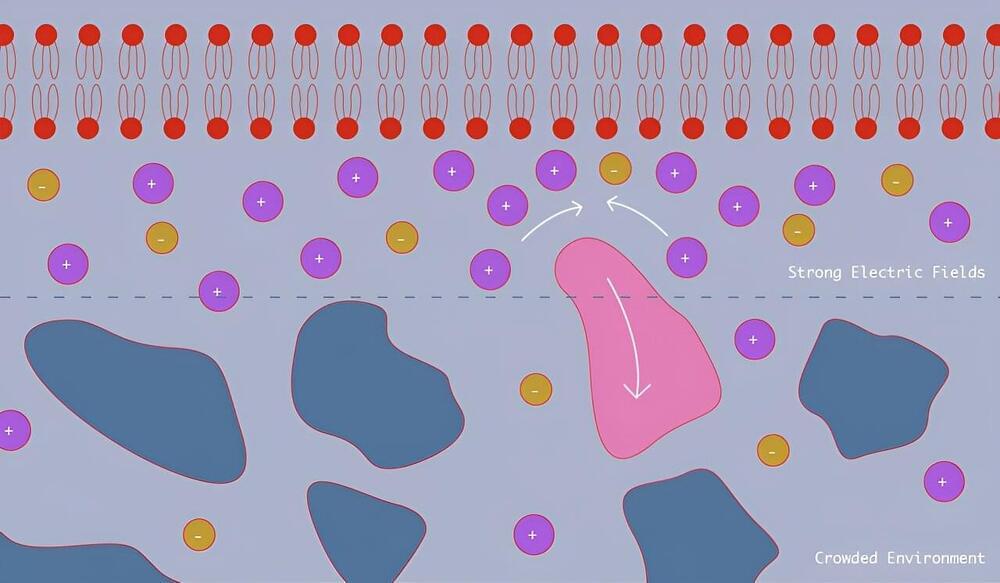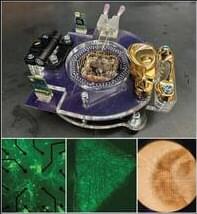A novel nanoparticle spray coating process has been shown to all but eliminate the growth of some of the world’s most dangerous bacteria in air filtration systems, significantly reducing the risk of airborne bacterial and viral infections.
That’s the principal finding of a study, led by researchers from IMDEA Materials Institute in collaboration with scientists from the Networking Biomedical Research Center in Respiratory Diseases (CIBERES) and Rey Juan Carlos University (URJC) in Madrid, Spain. The study was published in Materials Chemistry and Physics.
The study, “Control of microbial agents by functionalization of commercial air filters with metal oxide particles,” tested various spray coatings of silver (Ag2O), copper (CuO) and zinc (ZnO) oxides as low-cost antiviral and antibacterial filters when applied to commercially available air filtration systems.









